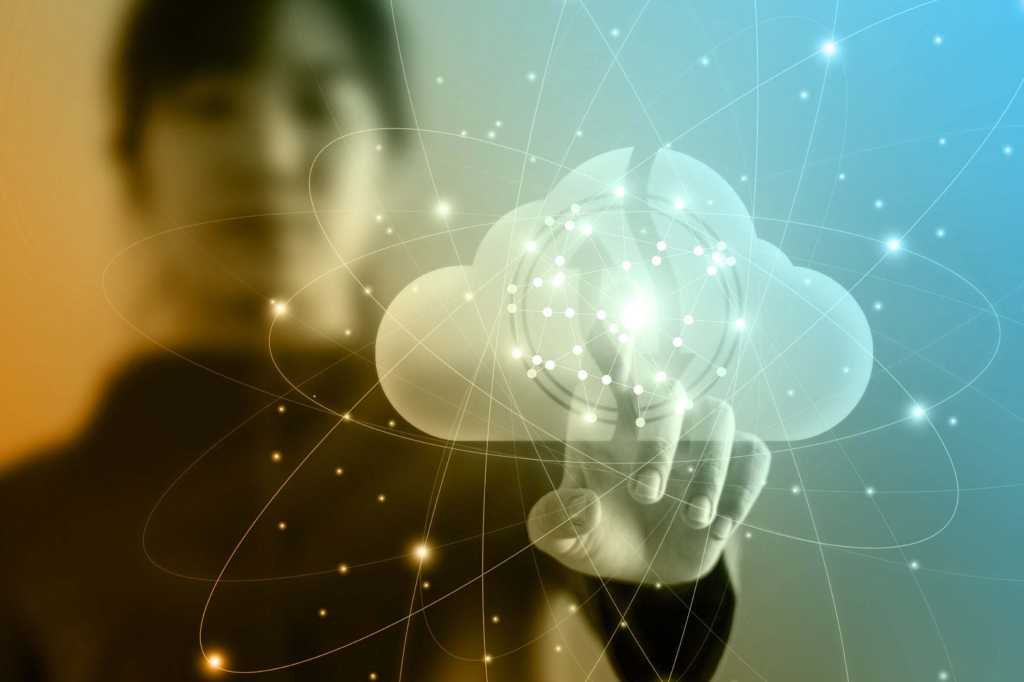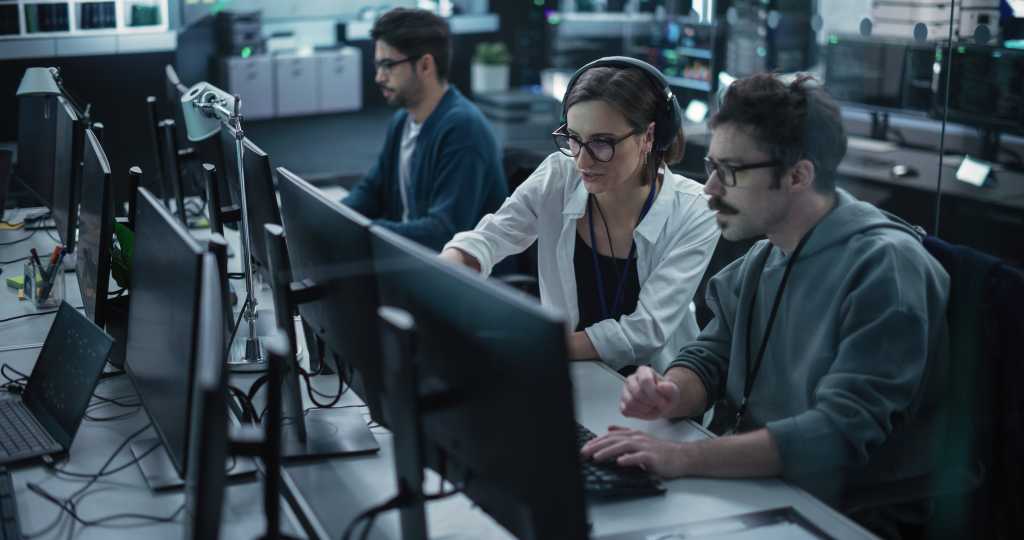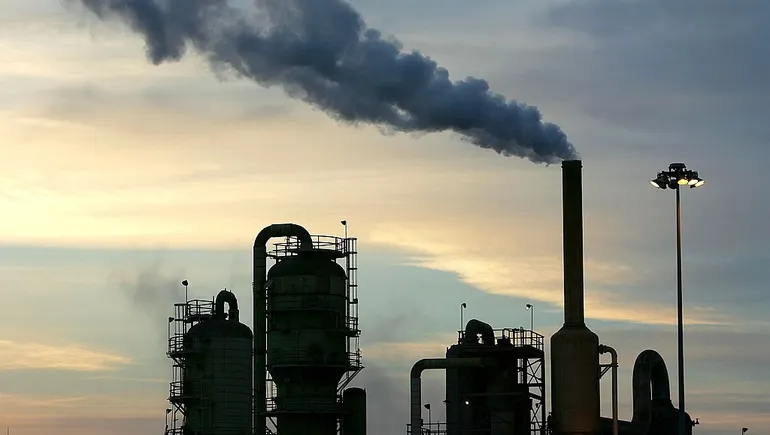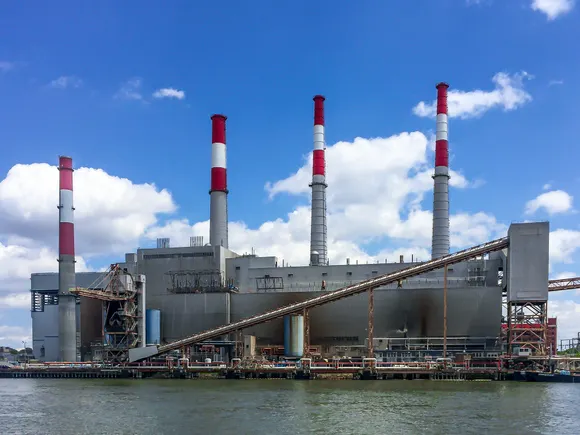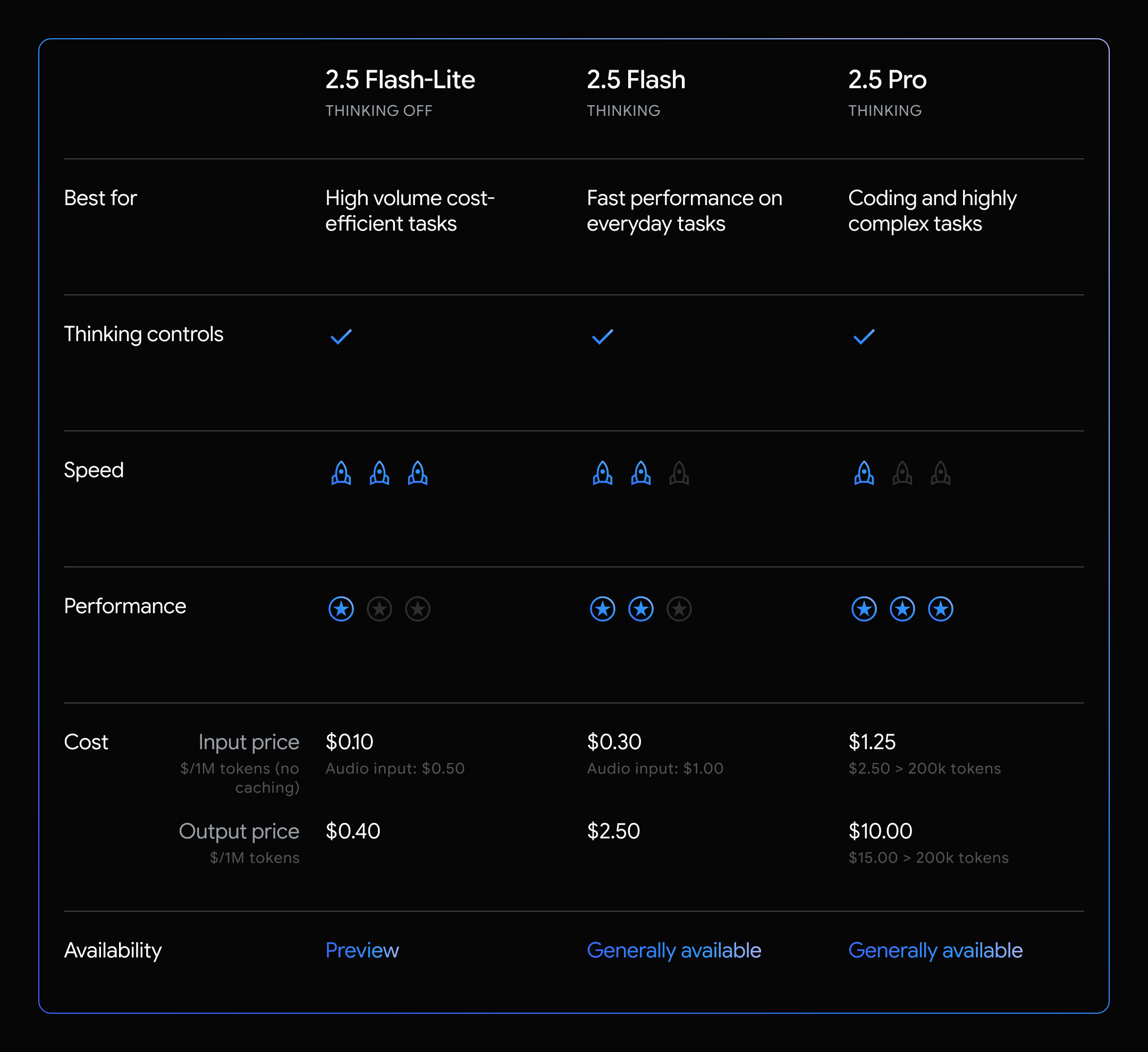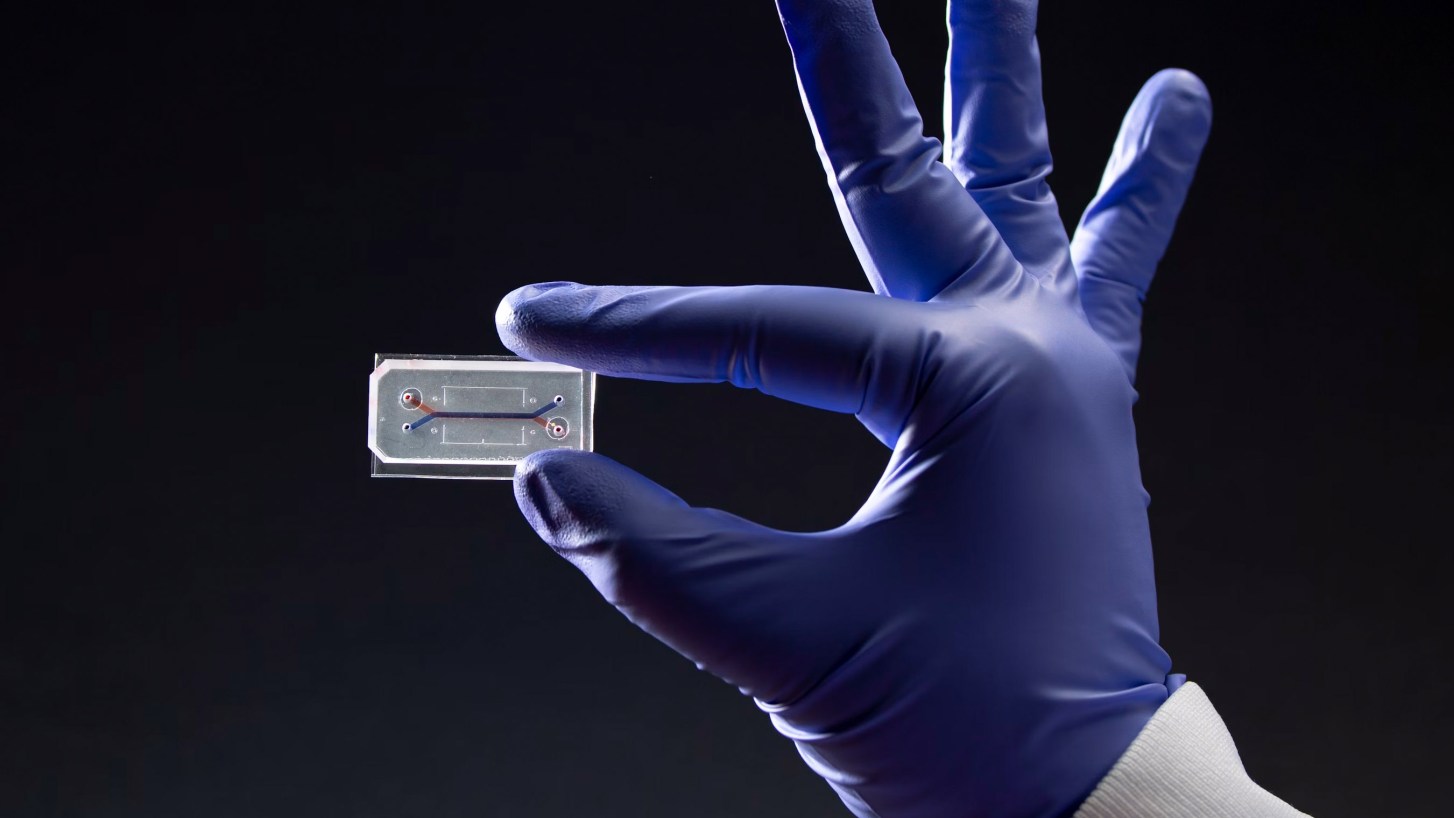
Petroliam Nasional Bhd. and the Mercedes-AMG Petronas F1 Team have agreed to launch a South-South initiative to study carbon capture and storage (CCS) in mangrove ecosystems.
The Blue Carbon Collective will expand an existing research collaboration between Universiti Putra Malaysia (UPM) and University of Sao Paulo (USP). UPM will conduct research in the Sungai Santi Forest Reserve and apply established methodologies from Brazil.
The research will “include carbon stock assessment and monitoring of soil quality and ecosystem health in Malaysia, enabling comparative analysis between the two countries”, Petronas said in an online statement.
“The Blue Carbon Collective aims to deliver several research objectives including identifying the impact of land use changes, understanding carbon stabilization mechanisms, and developing and applying a soil quality index”.
“The five-year collaboration is expected to generate vital research data to advance carbon emissions reduction strategies, help conserve mangroves, and create local job and business opportunities”, Petronas said. “The Mercedes-AMG PETRONAS F1 Team will support the research activities”.
Professor Tiago Osorio Ferreira, project coordinator from USP, said, “These findings will support the development of process-based models for carbon dynamics in Blue Carbon ecosystems at a global scale and produce evidence-based climate policies grounded in nature-based solutions”.
Petronas unveiled the initiative as it announced biodiversity and resource efficiency goals at the inaugural Petronas-hosted Energy and Nature Forum in Kuala Lumpur.
By 2030 Petronas aims to have “Biodiversity Action Plans” for all “very high” and “high” risk areas that host sites under Petronas’ operational control.
“From 2030, PETRONAS aims to maintain the habitat size for all sites within their operational control located in protected areas and/or key biodiversity areas”, Petronas said. “Where not feasible, PETRONAS establishes comparable areas to substitute the loss.
“From 2030, PETRONAS’ decommissioning plans or equivalent documents, will include ecosystem rehabilitation measures for operations/projects in protected areas and/or key biodiversity areas.
“From 2024, PETRONAS aims to demonstrate Net Positive Impact for all new projects in protected areas and/or key biodiversity areas. For these projects, by 2050, PETRONAS pledges to demonstrate at least 30 percent rehabilitation of natural habitat”.
For resource efficiency, Petronas targets to reduce its freshwater withdrawal for domestic operations at existing water-stressed areas by 14 percent by 2030 relative to 2021.
The company added, “PETRONAS will aim to achieve a circularity rate of 82 percent for hazardous waste at its domestic operations by 2030”.
To contact the author, email [email protected]
What do you think? We’d love to hear from you, join the conversation on the
Rigzone Energy Network.
The Rigzone Energy Network is a new social experience created for you and all energy professionals to Speak Up about our industry, share knowledge, connect with peers and industry insiders and engage in a professional community that will empower your career in energy.
MORE FROM THIS AUTHOR

